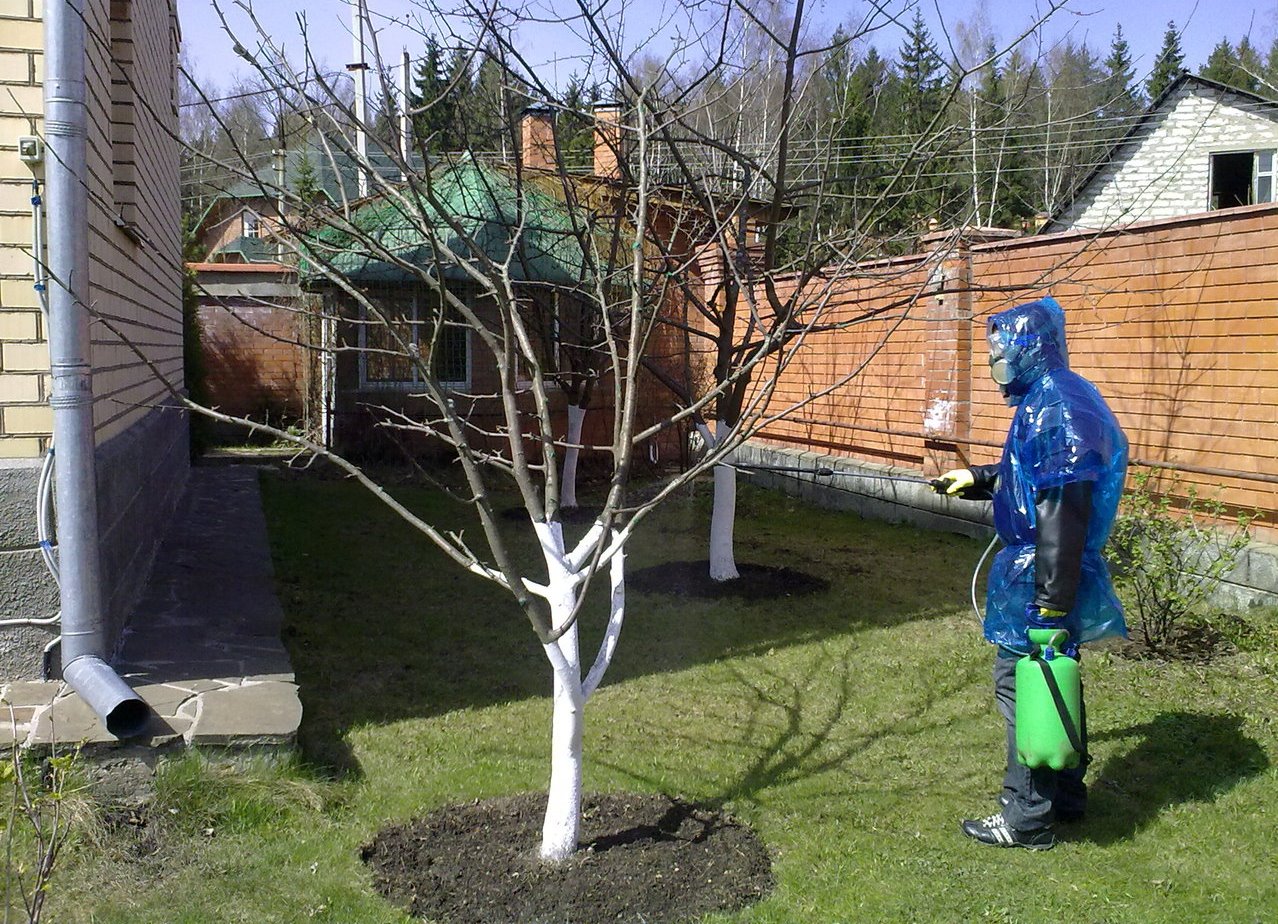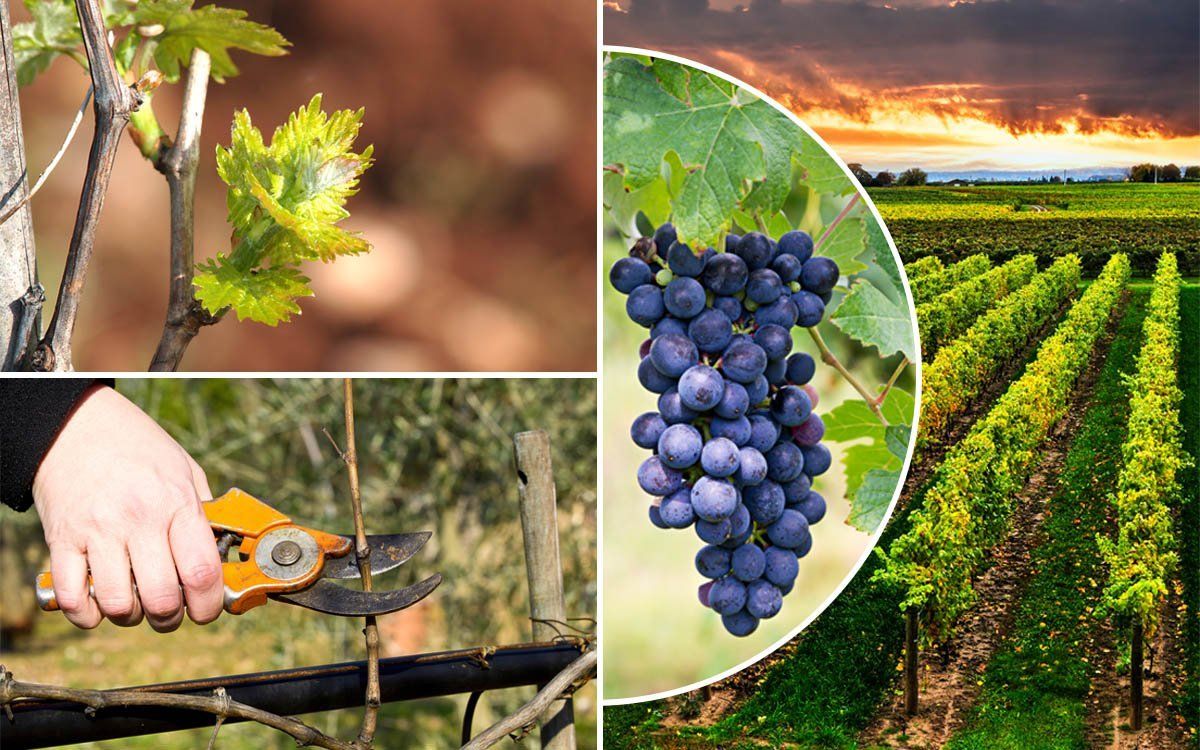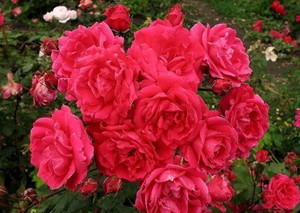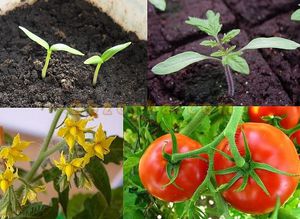 Vegetation is the period in the life of a plant that is characterized by its greatest activity. Do not confuse this concept with the growing season. The second refers to the time between planting a crop and ripening and harvesting.
Vegetation is the period in the life of a plant that is characterized by its greatest activity. Do not confuse this concept with the growing season. The second refers to the time between planting a crop and ripening and harvesting.
Botanists distinguish several periods in plants:
- Vegetation;
- Peace;
- Preparing for winter;
- Preparing for the growing season.
Vegetation is associated with changes in weather conditions, usually the onset of spring. At that time the plant comes to life, grows, multiplies... An increase in air temperature and an increase in daylight hours encourage it to actively develop.
Vegetation depends on the area in which the culture grows, climatic conditions. If cold latitudes do not allow plants to develop for a long time, then in the south the growing season is longer, which increases their productivity. This affects the possibilities of cultivating fruit and berry crops.
During this period, some garden plants can give more than one harvest... Others, on the contrary, cannot bear fruit under adverse weather conditions.
How is the growing season
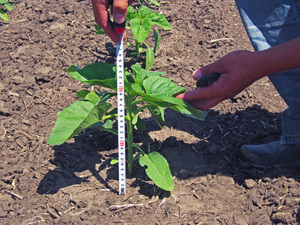 The beginning of the period is characterized by active growth. Buds appear on the plants, the process of sap flow starts in the trees. A shoot grows from the bud, a leaf is formed from it. Then flower buds form in the leaf axils.
The beginning of the period is characterized by active growth. Buds appear on the plants, the process of sap flow starts in the trees. A shoot grows from the bud, a leaf is formed from it. Then flower buds form in the leaf axils.
The timing of bud formation will differ for different trees and shrubs. In stone fruit crops, this takes from 2.5 to 3 months., and, for example, apple trees, this process is longer. It should be noted that the forming flower bud will swell only after a year. Flowering does not occur simultaneously and takes several days. The plant needs this in order to improve the likelihood of pollination.
Plants use nutrients that have accumulated over the past year. After flowering, growth slows down, fruits ripen... At the same time, perennials begin to accumulate a supply of nutrients that they will need next year.
The end of the growing season is to stop growth, trees and bushes begin to prepare for winter, shedding their leaves.
Dormant period
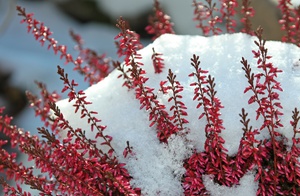 In winter, the plant is dormant. It maintains its strength due to what has been accumulated during the growing season. By the time spring comes, this stock is usually depleted.
In winter, the plant is dormant. It maintains its strength due to what has been accumulated during the growing season. By the time spring comes, this stock is usually depleted.
If thaws occur during the winter, the plant may wake up and be active. This can be observed in the city when inDuring abnormally warm weather in December or January, the grass can turn green on the lawns... This growth requires significant forces of trees and shrubs, so it is very important to feed them in the fall so that there are enough nutrients until spring.
In addition, the plant loses moisture in winter. If the winter is windy, it may die. To avoid such problems, it must be watered in the fall so that it has enough moisture.
Examples of vegetation of individual horticultural crops
In different fruit and berry crops, the peculiarities of the course of the growing season differ so much that this affects the timing of flowering and ripening of fruits. This can be seen in a few examples:
- Tomatoes;
- Cucumbers;
- Gooseberry;
- Currant;
- Apple tree.
In tomatoes and cucumbers, the growing season depends on the variety. Early ripening tomatoes actively grow and develop from 60 to 75 days.At the same time, in late tomato varieties, this period can be up to 130 days. The same situation with cucumbers - early cucumbers live 95-100 days, and late varieties up to 115 days.
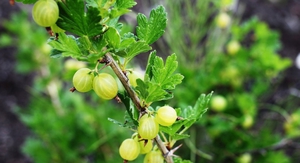 The gooseberry begins its growing season early, and after three weeks flowers appear. It happens in the middle of May... A similar situation is with currants. Her buds appear already at the beginning of April, after 10 days the buds are already visible, although there are no leaves yet.
The gooseberry begins its growing season early, and after three weeks flowers appear. It happens in the middle of May... A similar situation is with currants. Her buds appear already at the beginning of April, after 10 days the buds are already visible, although there are no leaves yet.
In apple trees, the growing season begins when the average air temperature begins to be 5 degrees above zero. At 10 degrees, the buds open. It should be noted that the fruit buds bloom a few days before the buds with leaves. At a temperature of 15-20 degrees above zero, the buds ripen. The flowering itself lasts 10 days.
Plant vegetation control
In order for trees, shrubs and other fruit crops to give a good harvest, it is necessary to control their vegetation. This period can be either accelerated or slowed down, depending on what kind of plant it is and what results are needed.
In order for tomatoes and cucumbers to have a good harvest, it is better to slow down their activity at the beginning. In root crops, on the contrary, it is better to delay floweringso as not to spoil the taste of the vegetable. Fertilization, feeding and watering have the best effect on the vegetation of plants.
Nitrogen, organic fertilizers are most appropriate to apply in the spring and summer to provide the necessary nutrition to the tree or shrub. This will significantly increase fruiting and guarantee a good harvest. It is better not to feed the plant with nitrogen in autumn, as this will lead to negative results.
Dry, hot summers can stop the growth of horticultural crops, so they need to be watered. At the same time, an excess of moisture can also cause a lot of trouble, especially in the second half of summer. What is the growing season for plants? it storing nutrients... The plant should accumulate them for wintering, and not waste them on useless growth. Weeds or other crops growing around the tree will help extract excess moisture from the roots of the tree or bush.
The simplest agrotechnical measures will help to get the maximum benefit from the vegetation of plants and prolong their life.
